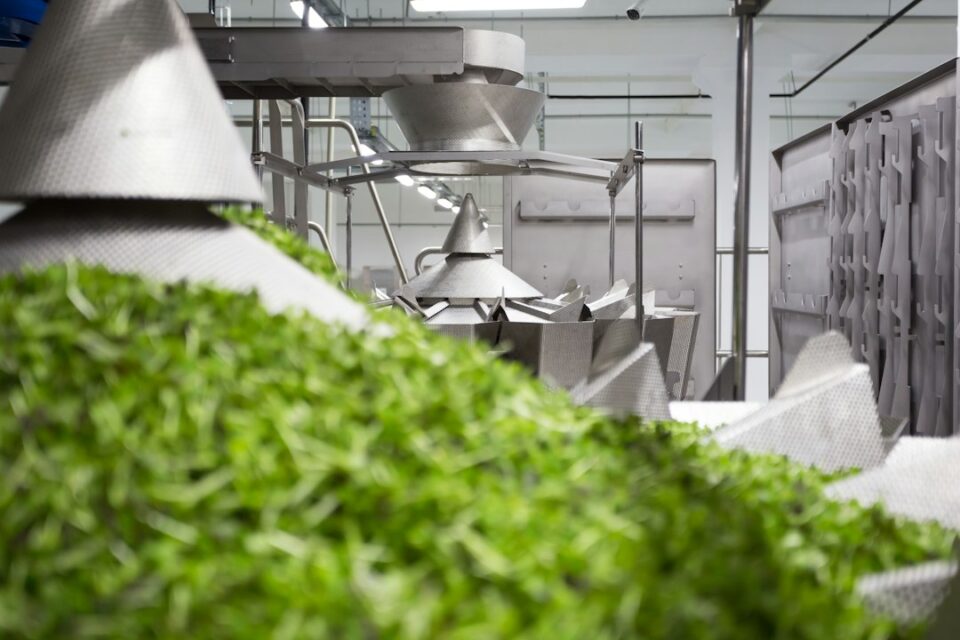The Impact of 3D Printing on the Manufacturing Industry
The manufacturing industry has always been at the forefront of industrial revolutions and technological advancements. From steam power to assembly lines, each innovation has significantly impacted the industry’s efficiency and productivity. One such innovation that is revolutionizing the manufacturing sector today is 3D printing. Also known as additive manufacturing, this technology has the potential to disrupt traditional manufacturing processes and transform the industry.
In its simplest sense, 3D printing is the process of creating three-dimensional objects by depositing materials layer by layer, based on a digital model. This method differs significantly from traditional manufacturing methods, where materials are removed or subtracted from a larger piece to obtain the desired shape. Instead, 3D printing builds objects by joining materials together according to the exact specifications of a computer-aided design (CAD) file.
There are several key ways in which 3D printing has impacted the manufacturing industry. Firstly, it has significantly reduced the time and cost associated with prototyping and product development. Traditional manufacturing methods often involve creating molds and tooling, which can be expensive and time-consuming. With 3D printing, a prototype can be created directly from a CAD file, eliminating the need for these additional steps. This enables manufacturers to quickly iterate and refine their designs, ultimately leading to shorter product development cycles.
Additionally, 3D printing allows for greater design complexity and customization. Traditional manufacturing techniques often have limitations in terms of design flexibility and complexity. With 3D printing, manufacturers can create intricate and complex designs that were not previously possible. This enables the production of highly customized products tailored to specific customer needs. From personalized medical implants to customized automotive parts, 3D printing opens up new possibilities for design innovation and individualization.
Another significant impact of 3D printing on the manufacturing industry is its potential to decentralize production. Traditionally, manufacturing has been centralized in large factories, often located in low-cost labor regions. However, with 3D printing, products can be manufactured locally, reducing the need for long supply chains and transportation costs. This not only reduces lead times but also allows for on-demand production, eliminating the need for excessive inventory storage. As a result, 3D printing has the potential to shift the manufacturing landscape from mass production to distributed manufacturing.
Furthermore, 3D printing has the potential to reduce waste and environmental impact. Traditional manufacturing methods often result in significant material wastage due to subtractive processes. In contrast, 3D printing is an additive process, where materials are only used where necessary. This reduces material consumption, resulting in less waste and a smaller environmental footprint. Additionally, 3D printing enables the use of more sustainable materials, such as bio-based polymers, further reducing the industry’s reliance on fossil fuels.
Despite its numerous advantages, 3D printing still faces some challenges that need to be addressed for wider adoption in the manufacturing industry. One major challenge is the limited range of materials available for 3D printing. While the technology has significantly advanced in recent years, the range of materials that can be used in 3D printing is still relatively limited compared to traditional manufacturing processes. Additionally, 3D printing is currently more suitable for small-scale production rather than mass production due to its time-consuming nature.
In conclusion, 3D printing has the potential to revolutionize the manufacturing industry. Its ability to reduce prototyping time and cost, enable design complexity and customization, decentralize production, and reduce waste makes it a highly promising technology. With further advancements in materials and scalability, 3D printing is poised to disrupt traditional manufacturing methods and pave the way for a more efficient, sustainable, and innovative manufacturing industry.

